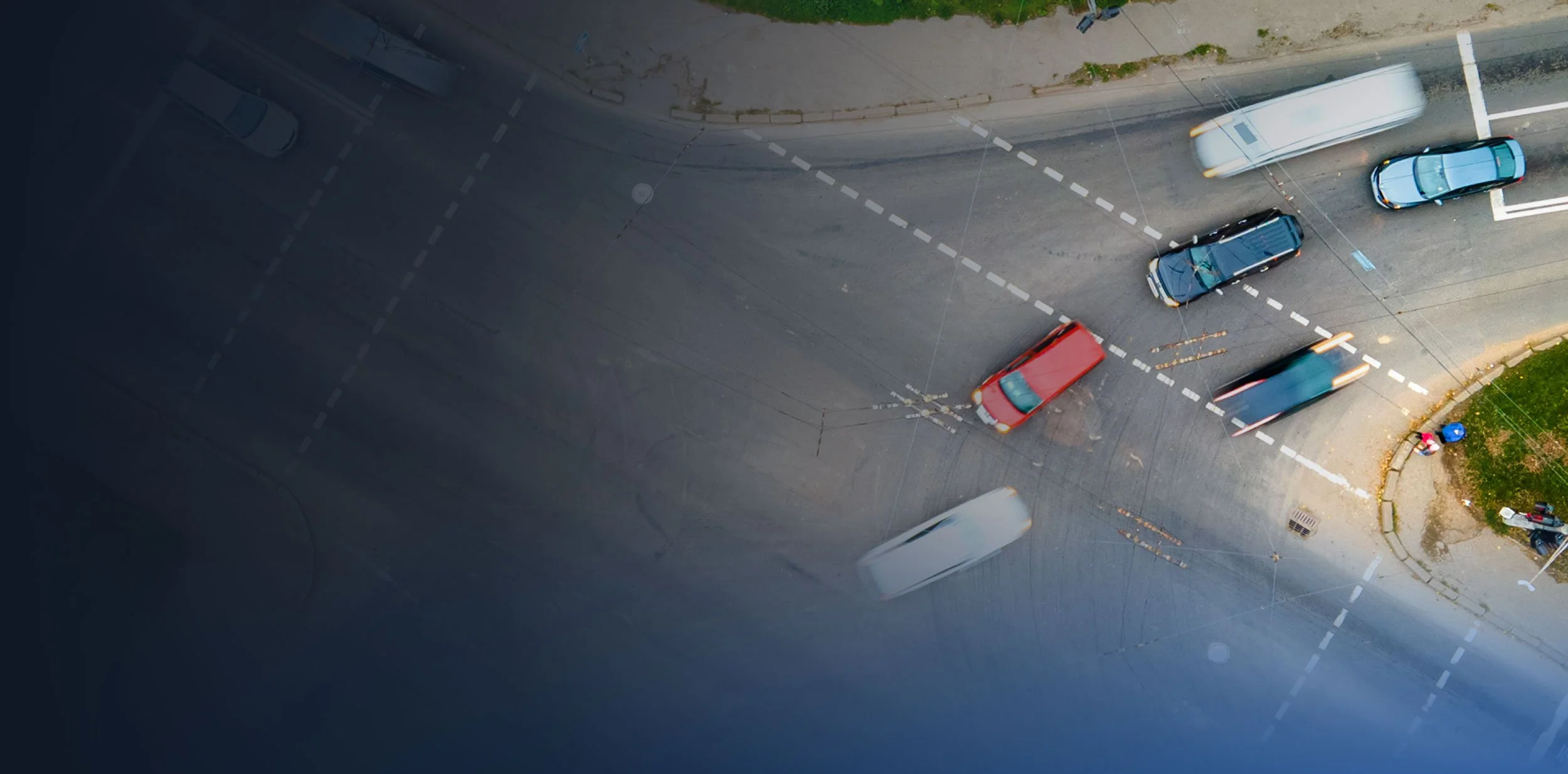Preventing future harm starts by changing the common understanding of what contributes to traffic crashes.
High-speed road design in urban areas.
Design that inadequately accounts for people walking and biking.
Dangerous intersection design.
Visibility and lighting issues.
Deviation from the designer’s intent.
And more...
Then changing the way we respond to them.
Recommendation #1
Make safety a core organizational responsibility by empowering a person or team to intervene in established city processes in order to improve traffic safety.
Recommendation #2
Establish a Crash Response Team to gather data after a fatal or traumatic crash.
Recommendation #3
Establish a Crash Analysis Studio to identify and learn from the many factors that contribute to a crash.
Recommendation #4
Use temporary traffic control devices to respond quickly to dangerous situations.
Recommendation #5
Update local street standards to prioritize safety instead of traffic speed and throughput.
Recommendation #6
Conduct bike and walk audits for all projects to provide the same level of awareness and insight into the safety of people biking and walking as is routinely applied to people driving.

Anyone can conduct a Crash Analysis Studio. Here's how Strong Towns can help.
Free Course
Start your own Crash Analysis Studio.
In this course, you’ll find everything you need to conduct a studio, share your findings, and advocate for change.
Workshop
For cities and community leaders.
Get expert, on-site help building the Crash Analysis Studio model that’s right for your place.
Event Opportunity
Bring the Safe Streets conversation to your city.
Book a live or virtual talk with a Strong Towns expert to launch a conversation about building safe streets in your community.
Get Help
For Local Conversations and members.
Get help from Strong Towns in conducting your own Crash Analysis Studio.



